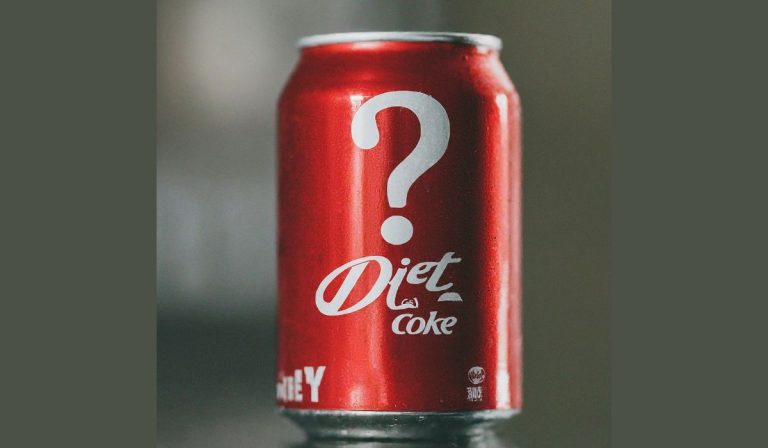Keto Diet – A Complete Guide For Beginners!
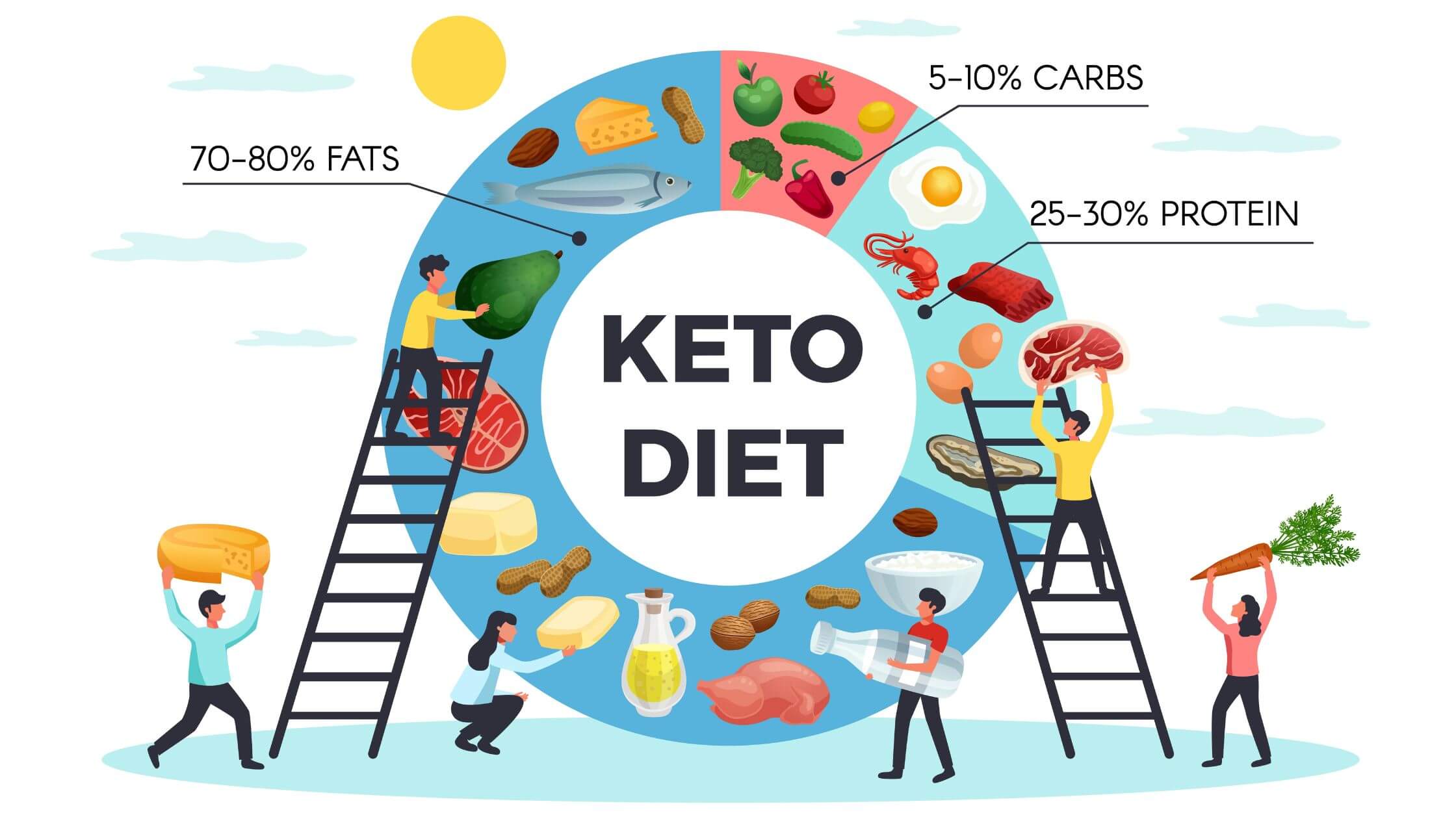
“Keto” — short for the high-fat, low-carb ketogenic diet — appears to be one of the diet industry’s most lasting buzzwords. The diet makes a lot of bold claims, including the ability to consume unlimited amounts of fat, never again experience hunger, and even improve athletic performance. This diet is marketed as a weight-loss miracle, but it is a medical diet that accompanies significant hazards. Low-carbohydrate, high-protein eating regimens are frequently in the spotlight when discussing weight-loss diets. Diets like Atkins, South Beach, and Paleo fall under this group. The terms “ketogenic” and “keto” diets have been used to describe them.
Keto Diet – Is Keto Good For Weight Loss?
The keto diet significantly impacts how many calories are absorbed and how much weight is lost without compromising the body’s calorie needs. The number of calories in food serves as a measure of its energy content. As soon as you eat, you start to burn calories by moving around, thinking, or breathing. To maintain their weight, people typically need roughly 2000 calories per day.

The quantity of calories that an individual consumes often depends on their gender, age, and amount of physical activity. Men require more calories than women do, too A second time, people who exercise more regularly need to have more energy in comparison to those who don’t. The source of calories is just as significant as their quantity, and it’s also crucial to keep in mind. Including unnecessary calories in your food, i.e., Nutritious value is essential. Hence foods without them are of no assistance.
The researchers assert that an actual ketogenic diet is distinct from this. The keto diet is focused on fat, which can make up to 90% of daily calories, as opposed to other low-carb diets that emphasize protein.
However, what is a ketogenic diet, and is this particular weight-loss plan suited for you? Before you alter your eating routine and way of life, let’s look into it more closely.
What is a Keto Diet?
The foundation of the ketogenic diet is that by starving the body of the carbs that are usually its primary energy source, you can force the body to burn fat instead of carbohydrates, increasing weight loss. When you eat carbs, your body turns them into glucose, often known as blood sugar, which you subsequently use as fuel.
The body always uses glucose as its primary energy source before turning to stored fat since it is the most straightforward energy to consume. For the body to use fat for energy, a ketogenic diet restricts the number of carbohydrates consumed.
Ketones, waste products of your metabolism, are produced when this happens because fat is burned down in your liver. In place of glucose, the body then uses these ketones for energy. The following are three crucial components that are important for Keto diets:

Carbohydrates
Your body can reach and stay in a state of ketosis if you restrict net carbohydrates adequately. You can force your body out of ketosis by consuming excessive net carbs, which will cause your body to burn them instead of fats. It is unnecessary to try to reach this macro because carbohydrates are considered a limit.
Protein
The most crucial macronutrient for your body is protein. It serves purposes beyond just muscle growth. Your body’s cells are protein, including those in your muscles, bones, organs, tissue, and even hormones. It’s crucial to consume at least the recommended amount of protein because protein dissolves daily and cannot be stored by the body like fat can. The body needs enough protein to develop and repair itself appropriately. Since lean mass makes up the majority of protein intake, keep in mind that while 90g may be plenty for someone with a bit of lean mass, it may be insufficient for an individual who possesses stronger muscle or is more considerable. It would help if you thought of your protein macro as a goal you wish to achieve.
Fat
Since you are limiting your intake of carbohydrates, you seem to have to get enriched in fat. Most of the energy required by your body comes from fat. Keto is sometimes described as a “high fat” method of eating, but if you’re trying to lose weight, you’ll want your body to utilize some of its fat reserves and any dietary fat you consume. Your body should be the source of the “high fat.” Although you don’t need to target fat, you also don’t need to avoid it. Your fat macro should be seen as a cap.
What is Ketosis?
Based on the notion that inducing ketosis in the body will increase fat loss, the ketogenic diet for weight loss was developed. A normal metabolic process called ketosis occurs when the body has insufficient glucose reserves for energy—the body switches to utilizing fat resources rather than carbohydrates to obtain power when these reserves are depleted. Ketones, which are acids produced from this process and accumulate in the body to provide energy, are produced.
Popular low-carb weight loss methods include ketosis. Ketosis might reduce your appetite in addition to aiding in fat burning. You retain more muscle as a result. After 3 or 4 days of consuming less than 50 grams of carbohydrates per day, ketosis typically begins in healthy individuals who do not have diabetes and are not pregnant. Comparable foods include three slices of bread, a cup of low-fat fruit yogurt, and two tiny bananas. Fasting can also kickstart the ketosis process. The term “ketogenic” or “keto” diet is a diet that is heavy in fat and protein but extremely low in carbohydrates.
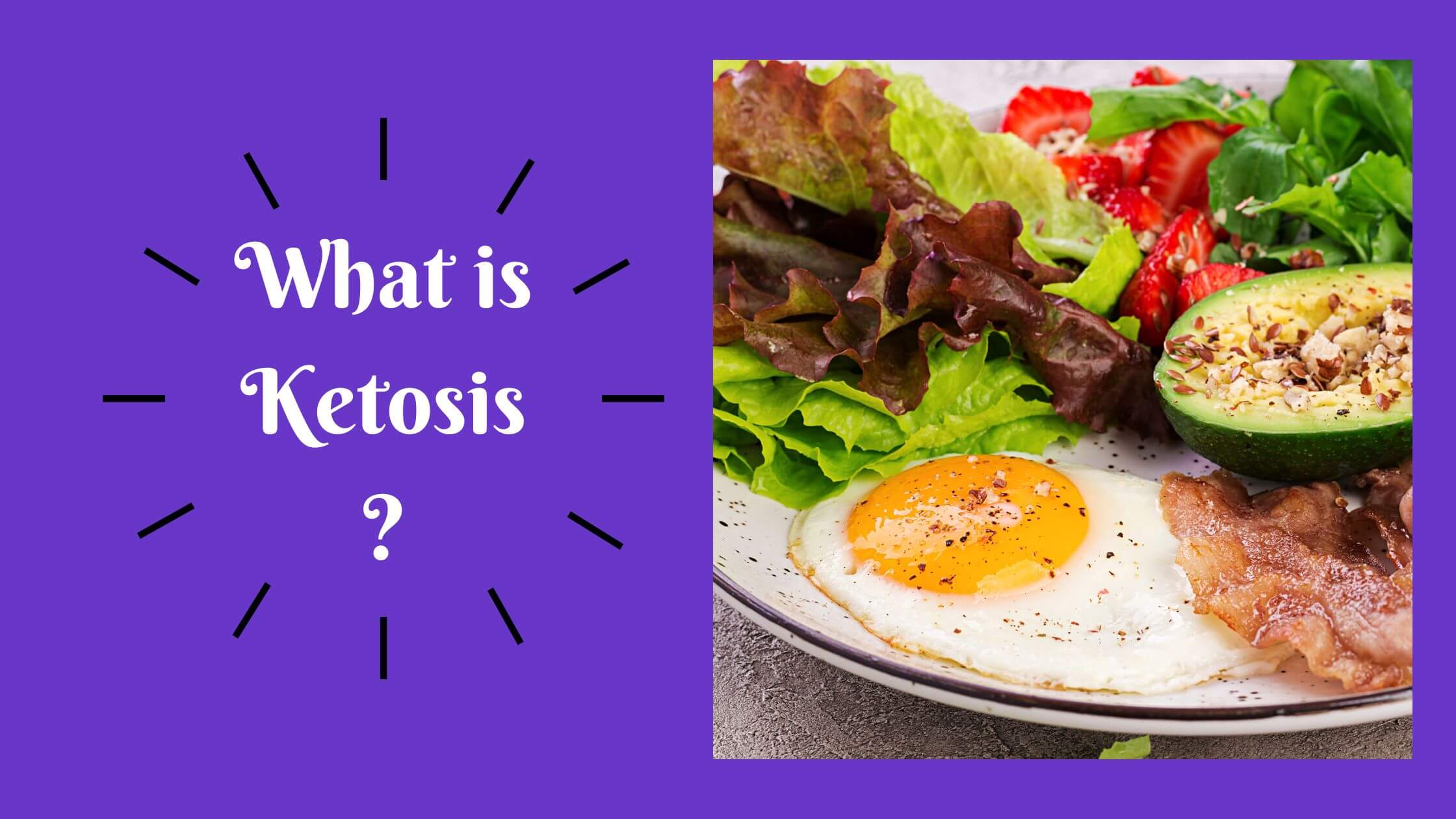
How does the Keto Diet work?
Your body is intended to be forced to use a new form of fuel due to the diet. The keto diet uses ketone bodies, a form of energy that the liver makes from stored fat, as opposed to sugar (glucose), which is obtained from carbohydrates such as grains, legumes, vegetables, and fruits. The greatest strategy for weight loss would appear to be fat burning. However, it can be difficult to stimulate the liver to produce ketone bodies:
For this to happen, you must limit your daily carbohydrate intake to no more than 20 to 50 grams.
One should be aware that a medium-sized banana contains around 27 grams of carbohydrates. The transition toward ketosis usually takes a few days. Be aware that consuming too much protein can prevent one from entering ketosis. The body undergoes a metabolic transformation and enters a state known as ketosis when fat sources are substituted for carbohydrates. When the body is in a state of ketosis, it starts to metabolize its fat reserves and produces ketones, which it then uses as energy in place of its regular preferred source, carbs.”
People on the keto diet may be less prone to have “sugar crashes” since their consumption of carbs is so low because the keto diet eliminates the majority of dietary carbohydrates and straightforward sugars. According to a paper published in the journal Neuroscience & Biobehavioral Reviews(opens in new tab), sugar consumption can harm mood and make people tired, sometimes as quickly as 30 minutes after ingesting carbohydrates.
Due to the loss of water that occurs when the body’s carbohydrate reserves are depleted, keto diets are linked to quicker initial weight reduction. Some people use the feeling of fullness brought on by higher protein and fat intake as a weight management strategy. But after a year, the results of low-carb and low-fat diets in terms of weight loss are comparable.
Therefore, keto may be an excellent alternative for people who want to lose weight quickly if used under medical supervision. However, how long-term is that solution? According to Clark, the difficulty of maintaining the keto diet for a prolonged period of time is one of its drawbacks.
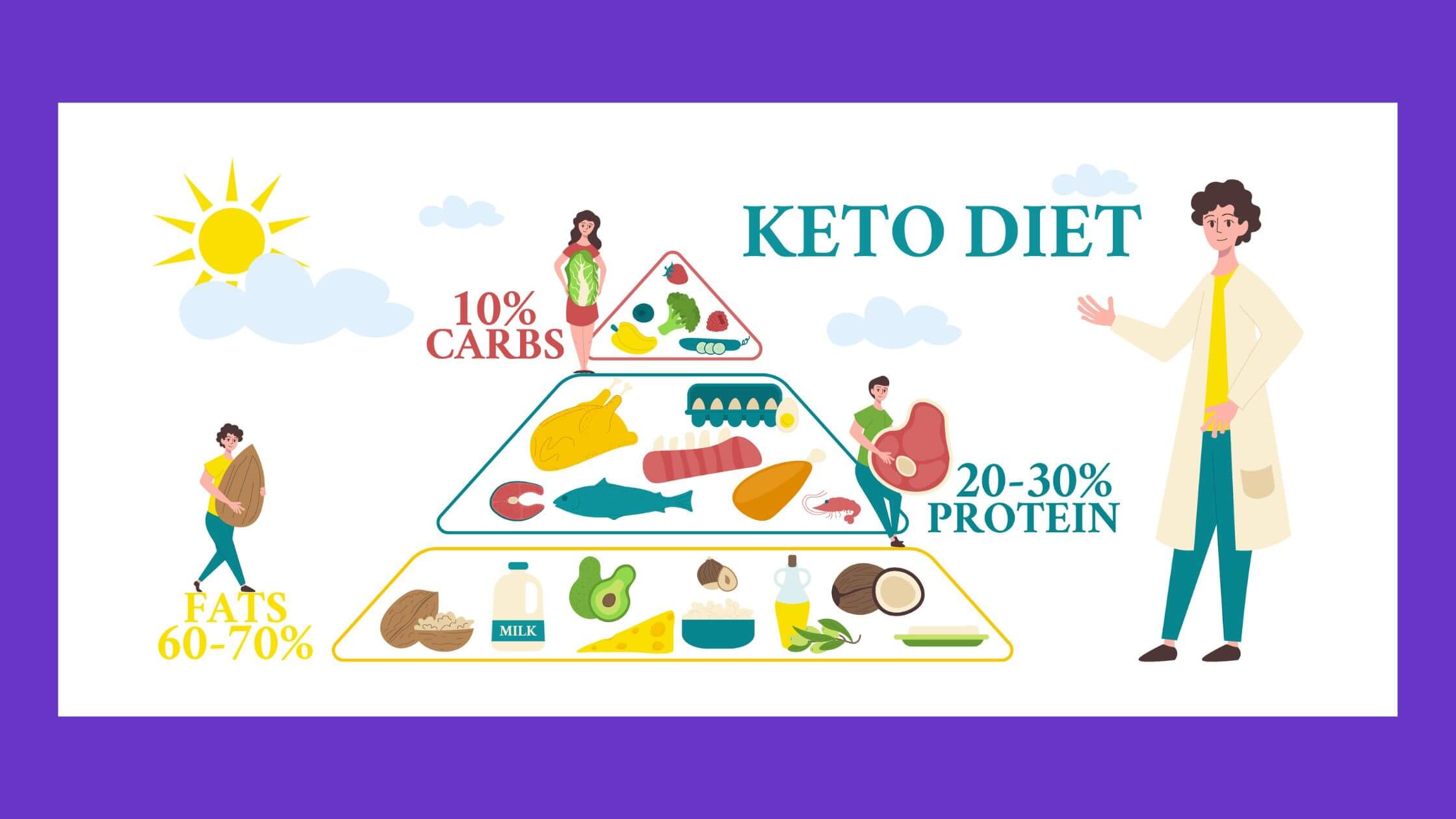
Different types of Ketogenic Diets
The ketogenic diet has been modified in several ways. Most people who adhere to a ketogenic diet follow the so-called typical ketogenic diet plan, which includes roughly 10% of your total calories as carbohydrates. Targeted ketogenic diets enable modifications to carbohydrate consumption around activity, and cyclic ketogenic diets, commonly referred to as carb cycling, are other types of ketogenic diets.
These changes are generally made by athletes who want to use the ketogenic diet to improve their performance and endurance rather than others who are only interested in losing weight.
You should strive to get less than 10% of your daily calories from carbohydrates if you stick to a ketogenic diet. The remainder of the calories should comprise 60 to 80 percent fat and 20 to 30 percent protein. To put it another way, if you consume 2,000 calories daily, no more than 200 calories should come from carbohydrates, 400 to 600 from protein, and 1,200 to 1,600 from fat. There’s a good reason why this diet is sometimes referred to as a high-fat, low-carb one!
The ketogenic diet is available in various forms, including:
⇒ SKD: Dietary guidelines for a ketogenic state call for a very low-carb, moderate-protein, and high-fat intake. Usually, it has 70% fat, 20% protein, and just 10% carb content.
⇒ CKD: Cyclical ketogenic diet: This diet alternates periods of lower carb refeeds, such as five days of ketosis, with two days of high carb consumption.
⇒ TKD: A targeted ketogenic diet allows you to increase your carbohydrate intake around workouts.
⇒ HPGD: A ketogenic diet high in protein contains more protein than a typical ketogenic diet. Typically, the breakdown is 60% fat, 35% protein, and 5% carbohydrates.
The only ketogenic diets thoroughly examined are the conventional and high-protein versions. Bodybuilders and athletes tend to employ more sophisticated techniques like cyclical or tailored ketogenic diets.
Foods You Should Eat and Avoid on the Ketogenic Diet
Following the keto diet necessitates consuming fat at every meal because of its high-fat demand. That can be 165 grams of fat, 40 grams of carbohydrates, and 75 grams of protein in a daily 2,000-calorie diet. The precise ratio, though, will rely on your unique requirements.
⇒ Here’s a simplified list of what you can eat:
Eat everything high in nutrients, fat, protein, and fiber, such as dark green, leafy vegetables, fatty red meats, skin-on poultry, fish, offal, eggs, seeds, nuts, full-fat dairy, and whatever else you can find. Whereas protein is a goal, carbohydrates are a limit. Fat should only be used as a satiety while following the ketogenic diet. Olive oil, butter, coconut oil, and fats derived from meat are all advised.
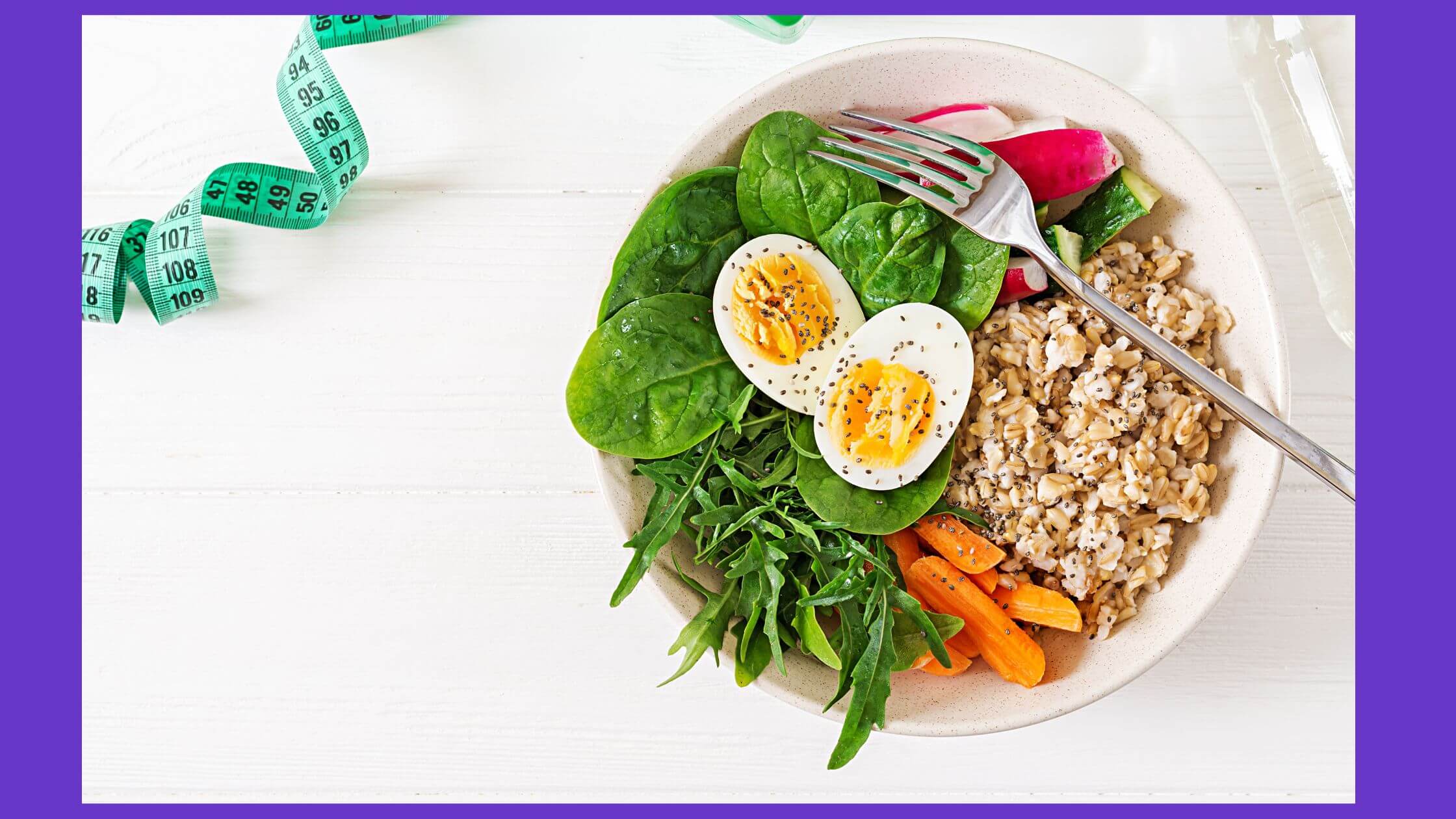
Even though fiber is a carbohydrate, it is not processed as a simple carbohydrate and is not counted toward your daily carb intake. It is crucial to emphasize that fiber is NOT a CARBOHYDRATE DEDUCTOR; instead, it is a CARBOHYDRATE DEDUCTOR. Something can’t contain more fiber than carbohydrates; thus, adding some flax meal to your ice cream will not work.
A significant component of the keto diet is drinking water. The body naturally metabolizes fat with water, which also reduces appetite. According to studies, a drop in water consumption would increase fat deposits, while a rise in water consumption would decrease fat deposits.
The easiest way to prevent water retention, a common Keto problem, is to drink more water. In the event of dehydration, the body can discharge the water it has collected and stored. Water is sometimes overlooked yet has a significant role in weight loss. You won’t move as quickly if you don’t drink enough water.
⇒ What meals ought I eat less of?
Starchy meals and sweets are never allowed, including grains, bread, cereal, beans, soda, spaghetti, potatoes, sweet potatoes, pizza crust, beer, crisps, bagels, lollipops, most fruits, and just about everything else. They all share the same property that your body employs to convert them into glucose in your bloodstream, which triggers an insulin response. Bread is sugar; that is true—even upscale organic multigrain bread.
Fruit should be avoided because it contains a lot of sugar, although some keto dieters consume modest amounts of berries. After all, they are low in carbohydrates and high in fiber. The vast majority of “low-fat” items should be avoided; for example, non-fat milk, reduced-fat salad dressings, low-fat cheese, and yogurt are all loaded with carbs. Many also contain chemical substances whose effects on humans have not yet received sufficient research and may be potentially harmful.
Use cream instead of milk (sometimes called whipping cream in the US, pure cream across Australia, or double cream throughout the UK) while making coffee or tea. For a detailed fat percentage analysis and country-specific labeling, see the entry on cream in Wikipedia. Additionally, make sure to check the labeling for additions. Keep in mind to calculate the calories in cream.
To ensure you aren’t unknowingly consuming a lot of hidden carbs, you should initially note what you consume. You could be surprised by how much sugar you’ve been drinking in salad dressings, sauces, packaged foods, etc., without even realizing it.
⇒ After attaining the desired weight, what can you eat?
After many reach their desired weight, they appear to get careless and reload on carbs in the mistaken belief that they can handle it. They frequently put on a lot of weight back, and to get their weight back down, they find themselves returning to the low-carb diet. Any time you return to the way of living that contributed to your weight gain in the first place, you will acquire weight once more.
Just because you have finished losing weight doesn’t imply you should become careless or uninterested in what you eat. Always be aware of the foods you are feeding your body. As difficult as losing all the weight is, maintaining it is even more challenging. Many people adopt a Paleo-style diet emphasizing natural foods without grains, refined sugars, or refined fats. Some individuals will progressively increase their intake of carbohydrates by 5g each week until they reach a position at which their weight stabilizes. You should constantly try to prevent reverting to your previous eating patterns while following a ketogenic diet as part of a new lifestyle shift.
Precautions before starting a Keto Diet
Following a thorough review of this website, the following are my most straightforward recommendations for someone just starting who wants to reduce weight:
Maintain a friendly and straightforward approach. People who further decrease their carbohydrate intake typically experience better outcomes. For the first month of your keto diet, try to consume as few carbohydrates as possible. Cut out on sugar and artificial sweeteners to maintain your rigorous diet (like diet soda). Reduced sugar cravings are a significant result of eliminating them.
Consume water and add electrolytes to your diet. Dehydration or a deficiency in electrolytes are the most frequent causes of difficulties. Make sure to drink lots of water, salt your food, and take a multivitamin before you begin the keto diet and throughout it. You can purchase individual electrolyte supplements if you’re still having problems.
Since carbohydrates are present in almost everything you buy, consuming too many is effortless. Monitoring your food consumption might help you reduce your carb intake and hold yourself responsible.

What are the benefits of the Keto Diet?
Being on the ketogenic diet has several advantages, including applications in medicine for therapeutic purposes, weight loss, and enhanced vitality. A low-carb, high-fat diet is generally safe for everyone to consume. These are only a few of the advantages of a ketogenic diet, which you can find in the list below.
• Reduced weight
Since the ketogenic diet effectively burns body fat for energy, there are clear advantages for losing weight. When you follow a ketogenic diet, your body becomes a fat-burning machine because your insulin levels decrease dramatically. Even over the long term, studies have demonstrated that the ketogenic diet produces more incredible benefits than low-fat and high-carbohydrate diets.
• Sugar Levels Management
Because of the things you consume, the ketogenic diet naturally reduces blood sugar levels. Studies suggest that compared to low-calorie diets, the ketogenic diet is more effective for controlling and preventing diabetes. A ketogenic diet should be considered if you have Type II diabetes or are pre-diabetic. Numerous visitors to our blog have mentioned using the keto diet to successfully control their blood sugar.
• Concentration of Thought
Many people who desire to improve their mental performance follow the ketogenic diet. The brain can run well on ketones as a source of energy. You can avoid significant blood sugar rises by consuming fewer carbohydrates. This, when combined, can lead to increased concentration and focused attention. The ability of our brains to function can be considerably enhanced by increasing our intake of fatty acids, according to studies.
• A rise in energy and normalization of hunger
You’ll feel more energized throughout the day by providing your body with a better and more dependable energy supply. The most effective molecules for burning fuel have been found to be lipids. Additionally, fat naturally gives us a more extended period of feeling fullness because it is more fulfilling.
• Epilepsy
Since the turn of the 20th century, the ketogenic diet has been successfully utilized to treat epilepsy. Today, it remains one of the most frequently used treatments for kids with uncontrolled epilepsy. One of the key advantages of the ketogenic diet for epilepsy is that it allows for the use of fewer drugs while still providing excellent control. Adult patients receiving keto treatment have also had notable outcomes in studies.
Pros and cons of the Ketogenic Diet
There are several health benefits attributed to the ketogenic diet, according to online searches for the term “keto diet.” But it’s crucial to understand what the science says about how this method can impact your health before you try it. You specifically need to be aware of any possible risks associated with the keto diet.
⇒ “Keto flu” is among the most frequent adverse effects of beginning a ketogenic diet. The symptoms that appear as the body transitions from a high-carbohydrate to a low-carbohydrate diet are known as this, and they are frequently unpleasant and exhausting. The body starts adjusting to creating and using ketones as energy during the keto flu as the body’s glucose reserves begin to run low.
⇒ You could become constipated if you don’t consume enough fruits and vegetables. With such a focus on fats, eliminating many grains and fruits can have unique digestive side effects. Diarrhea and constipation when on a ketogenic diet are typical.
⇒ Research suggests that relying exclusively on a diet high in animal proteins and fats may be detrimental to heart health. Anyone with cardiovascular disease, even those who have already been diagnosed, should not follow this diet.
⇒ One of the main problems with the ketogenic diet may be long-term adherence, aside from actual changes to physical health. Weight cycling is a condition that results from sticking to a tight diet for weight loss, only to swiftly revert to old habits when the diet becomes too restrictive.
How to Know if You’re in Ketosis?
In healthy people who do not have diabetes and those who are not pregnant, ketosis usually starts to happen after 3 or 4 days of consuming less than 50 grams of carbohydrates per day. Comparable foods include two tiny bananas, a cup of low-fat fruit yogurt, and three pieces of bread. The process of ketosis can also be initiated by fasting. A diet that is high in protein and fat but very low in carbs is known as a “ketogenic” or “keto” diet. The ketogenic diet or keto is a well-liked and successful method of shedding pounds and enhancing health. This low-carb, high-fat eating plan will increase your blood levels of ketones if you adhere to it properly. Chemical waste products called ketones are a new fuel source for your tissues. They are in charge of the majority of the distinctive health advantages of the keto diet. Your body goes through various biochemical modifications while following a ketogenic diet. In addition to more excellent fat breakdown, this also entails a decrease in insulin levels. To provide your brain with energy in this situation, your liver begins to produce large amounts of ketones. However, determining whether you’re in ketosis or not can frequently be challenging.
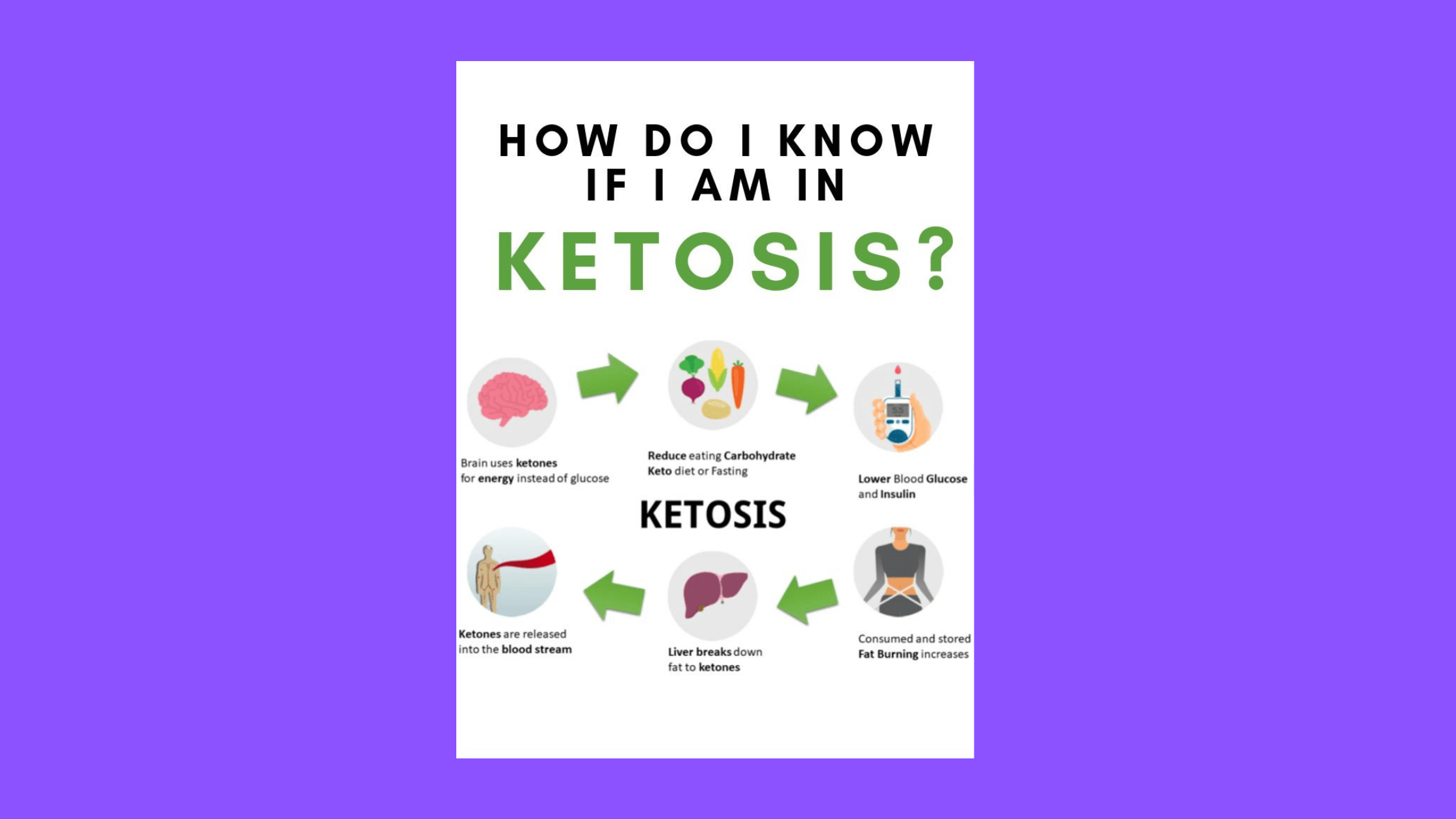
The following list of 10 typical ketosis warning signs and symptoms includes both good and bad signals:
- Breath that stinks
Numerous followers of the Atkins diet and other regimens like the ketogenic diet claim that they experience unusually fruity breath. The negative effect of entering complete ketosis is frequently having bad breath. Elevated ketone levels cause bad breath. The particular offender is acetone, a ketone that leaves the body through breath and urine.
Although your social life might not be the best because of this breath, your diet might benefit from it. The problem can be solved by using sugar-free gum or brushing your teeth numerous times every day. Check the nutrition label for carbohydrates if you use gum or other substitutes, such as sugar-free beverages. Both your blood sugar levels and your ketone levels may be affected by these products.
- Losing weight
In addition to other low-calorie diets, Keto diets successfully shed pounds. You’ll probably lose weight while converting to a ketogenic diet in the short- and long-term, as numerous weight reduction studies have demonstrated. Rapid weight loss is feasible during the first week. While some people mistakenly think they are losing fat, most are water weight. As long as you follow the diet and maintain a calorie deficit, it would help if you kept on losing body fat steadily after the initial quick loss of water weight.
- Ketones in the blood have increased
A decrease in blood sugar levels and a boost in ketones are two characteristics of the keto diet. As your keto diet progresses, you’ll use fat and ketones as your primary energy sources. By monitoring your blood ketone levels with a specialist meter, you can determine your level of ketosis with maximum accuracy and dependability. The majority of research investigations employ this methodology.
The meter determines your ketone levels by assessing the concentration of beta-hydroxybutyrate in your blood. One of the essential ketones in the bloodstream is this one. According to some keto diet specialists, blood ketones that are equivalent to or higher than 0.5 millimolar are considered to be nutritional ketosis. This test’s primary drawback is that it necessitates pricking your finger to obtain a blood sample. Test kits might often be quite pricey. The majority of people will therefore take one test each week or every other week for this reason.
- Ketones are more frequently found in pee or breath
Using a breathalyzer is another method of determining blood ketone levels. Acetone, one of the three significant ketones in your blood during ketosis, is one of the three things it tracks. The fact that more acetone leaves the body while you’re in nutritional ketosis offers you an idea of your body’s ketone levels. Although less precise than the blood monitor approach, the utilization of acetone breath analyzers has been demonstrated to be reasonably accurate. Additionally, you can check the presence of ketones in your urine daily using unique indicator strips. They may be a simple and affordable way to determine your daily ketone levels. They aren’t regarded as being very dependable, though.
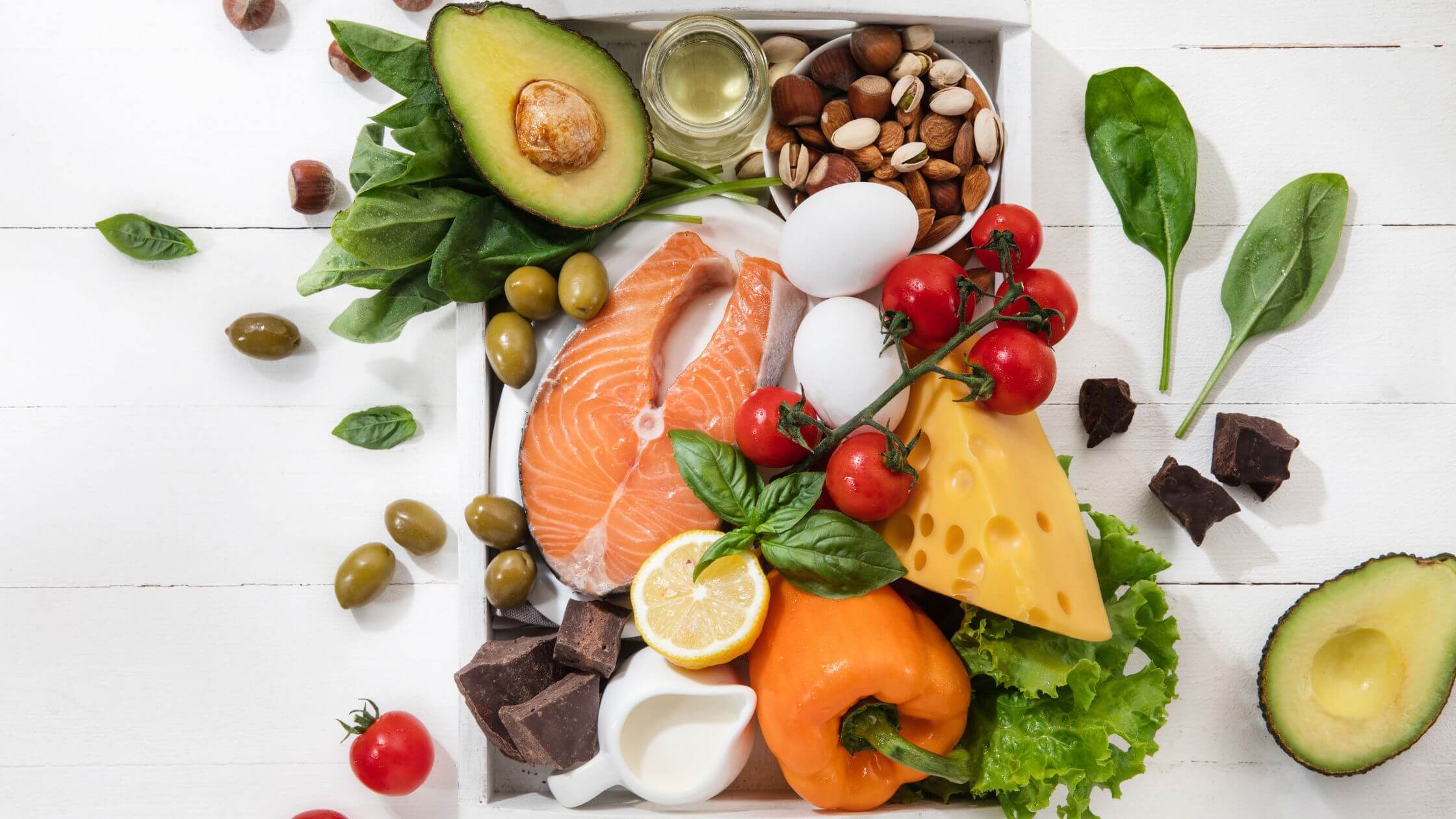
- Concentration and energy levels increase
When beginning a deficient carb diet, people frequently complain of feeling nauseous, exhausted, and with brain fog. The “low carb flu” or “keto flu” is the phrase used for this. Long-term keto dieters, on the other hand, frequently speak of having more energy and focus. When you begin a low-carb diet instead of one high in carbohydrates, your body requires time to adjust to burning more fat for energy. When you enter ketosis, a significant portion of your brain switches to burning ketones rather than glucose. For something to begin functioning correctly, it may take a few days or weeks.
Your brain can run extraordinarily efficiently on ketones. To treat disorders and diseases of the brain, including concussion and memory loss, they have even been examined in a medical environment. Eliminating carbohydrates may also aid in regulating and stabilizing blood sugar levels. This could further sharpen focus and enhance mental performance. When taking these supplements, incorporate sodium, potassium, and magnesium.
- A momentary weariness
For beginning dieters, one of the most considerable problems can be making the initial transition to a ketogenic diet. Weakness and weariness are examples of well-known adverse effects. These frequently lead to people quitting the diet before reaching full ketosis and taking advantage of many advantages over the long run. These negative consequences are expected. Your body is compelled to adjust to a different fuel system after several decades of using one that relies heavily on carbohydrates. This modification does not occur immediately, as you would have guessed. To avoid weariness during this transition, you should consider taking electrolyte supplements. Electrolytes are typically lost when a person rapidly loses body fluids and stops consuming processed foods that may include extra salt.
- Lowering appetite
When on a ketogenic diet, many people report feeling less hungry. Research is currently being done to determine why this occurs. However, it’s been hypothesized that this decreased appetite may be brought on by changes to your body’s hormones regulating hunger and increasing protein intake. Overeating may occur in obese individuals due to leptin resistance, a hormone that promotes fullness. According to research, leptin levels may be lowered by regular exercise, getting enough rest, and following a ketogenic diet. Your brain may be impacted by ketones directly, which could aid in suppressing your hunger.
- Declines in performance during the short term
As said before, cutting off carbohydrates can make you feel generally exhausted. This includes a temporary decline in physical performance. Glycogen stores in your muscles are depleted, which is the leading cause.
For all types of high-intensity exercise, they serve as the primary and most effective fuel supply—many people who follow a ketogenic diet claim that their performance rebounds to normal after a few weeks. A ketogenic diet might even be helpful in some ultra-endurance sports and tournaments.
Additionally, there are additional advantages, chief among them an improved capacity to burn more fat while exercising. According to a modest but well-known study, athletes who switched to a ketogenic diet burnt up to 230% more fat during activity than athletes who were not following this regimen.
Although it’s unlikely that a ketogenic diet can help professional athletes perform at their best, it should be adequate for aerobic endurance and fitness activities once you’ve become fat-adapted.
- Gastrointestinal issues
A ketogenic diet typically necessitates a significant adjustment in your diet. The initial adverse effects are frequent digestive problems, including constipation and diarrhea. After the adjustment phase, some of these problems ought to go away, but it could be prudent to watch out for certain meals that might be aggravating your digestive issues.
Eat a lot of fiber-rich low-carb vegetables, which are also healthful, to supplement your diet. The most important thing is to avoid eating a monotonous diet. You run a higher risk of developing digestive problems and vitamin deficits if you do this.
- Sleeping problems
Sleep is a significant problem for many people following a ketogenic diet, particularly when they first start. When they first dramatically cut their carb intake, many people report experiencing sleeplessness or nighttime awakenings. The good news is that this typically gets better within a few weeks. After adjusting to the diet, many long-term keto dieters assert that their sleeping patterns have improved.
A model ketogenic diet program for one week
A sample meal plan for the ketogenic diet for one week is provided below to assist you in getting started:
⇒ Breakfast on Monday included tomato-topped muffins with eggs and vegetables. Dinner will be fish with asparagus cooked in butter with feta cheese as a side dish.
⇒ Tuesday’s breakfast will include an omelet with egg, tomato, basil, and spinach. A milkshake with almond milk, peanut butter, spinach, chocolate, and stevia served with sliced strawberries on the side for lunch. Dinner will be cheese tacos with salsa.
⇒ As of Wednesday, breakfast includes nut milk chia pudding with coconut and blackberries. Salad with avocado and prawns for lunch and pork chops with broccoli, salad, and Parmesan cheese for Dinner.
⇒ Thursday morning’s meal will be an omelet with avocado, salsa, peppers, onion, and spices. Lunch will include a plate of celery sticks, guacamole, and some nuts. Dinner will be stuffed chicken with cream cheese and pesto and served with grilled zucchini.
⇒ Breakfast on Fridays consists of berries, sugar-free Greek yogurt with whole milk, and peanut butter. Lunchtime includes tacos with sliced bell peppers and ground meat in a lettuce wrap. Dinner will be a stuffed cauliflower and assorted vegetables.
⇒ Brunch on Saturdays includes grilled mushrooms on the side and cream cheese pancakes with blueberries. On the side, we can add “Noodle” salad made with zucchini and beet. Dinner will consist of kale, roasted pine nuts, and white fish prepared in olive oil.
⇒ Sunday morning breakfast includes fried eggs and mushrooms. Lunch and Dinner can be managed with Spaghetti squash Bolognese for Dinner with low-carb sesame chicken and vegetables.

Side effects and how to minimize them?
The ketogenic diet may have some initial adverse effects while your body adjusts, even though it is often safe for most healthy individuals.
There is some anecdotal evidence to corroborate these adverse effects, also referred to as the keto flu.
According to accounts from some eating plan participants, it usually ends after a few days. Constipation, vomiting, and diarrhea have all been listed as keto flu symptoms.
Try a regular low-carb diet for the first few weeks to reduce this as much as possible. This might help your body burn fat more efficiently before eliminating carbohydrates.
Taking mineral supplements or adding more salt to your meals may be helpful because a ketogenic diet can alter your body’s water and mineral balance. Your doctor should be informed of your dietary requirements.
Conclusion – Ketogenic Diet
Overall, consuming a diet high in fat, moderate in protein, and low in carbohydrates can significantly improve your health by reducing cholesterol, body weight, and blood sugar and elevating your energy and mood. A ketogenic diet can be challenging to understand at first, but it’s not as tricky as it’s portrayed. The change can be challenging, but the clean eating movement is becoming more and more well-known, making it more straightforward to locate low-carb items.

